Cold emailing has long been regarded as an essential part of any marketer’s toolkit. However, crafting compelling cold emails that capture the attention of prospects and, ultimately, generate responses can be a daunting task. Enter this comprehensive guide, designed to equip you with the knowledge, strategies, and tips necessary to create cold emails that not only get opened but elicit the desired response from your target audience - cold emails that get responses.
Embark on a journey through the intricacies of cold email marketing, exploring crucial aspects such as crafting magnetic subject lines, writing opening lines that hook, and maximizing response rates through timing and follow-up. By the end of this guide, you’ll have a solid understanding of how to integrate cold emailing into your overall marketing strategy for maximum impact and achieve cold emails that get responses.
Key Takeaways
- Successful cold emailing requires researching prospects and incorporating key elements such as an engaging subject line, compelling introduction, persuasive content, and a clear call to action.
- Timing and effective follow up are essential for maximizing response rates. Tuesdays through Fridays between 8:00am - 10:00am is best.
- Leverage A/B testing to identify the most effective strategies for your campaigns & integrate into overall marketing strategy for personalized outreach.
Unlocking the Secrets to Successful Cold Emailing

Cold emailing might seem like a simple task, but there’s more to it than meets the eye. Mastering successful cold emailing necessitates a thorough grasp of the essential components that constitute a potent campaign. These essential elements include:
- Identifying the target audience
- Composing an engaging subject line
- Creating a hook-worthy opening line
- Providing compelling introductions
- Offering persuasive body content
- Having a clear call to action
- Sending cold emails at the optimal time
- Following up appropriately to increase the chances of getting responses
To create effective campaigns that generate responses, you need to research your prospects and target individuals or businesses who may have a genuine interest in your offer or can benefit from your message. Your cold email should define the desired action, introduce the sender and the product, and immediately mention how it will help the prospect. Providing additional context and focusing on the product’s benefits rather than features can lead to better response rates. Significantly improved results in your cold email outreach can be achieved by integrating these best practices.
Crafting a Magnetic Subject Line
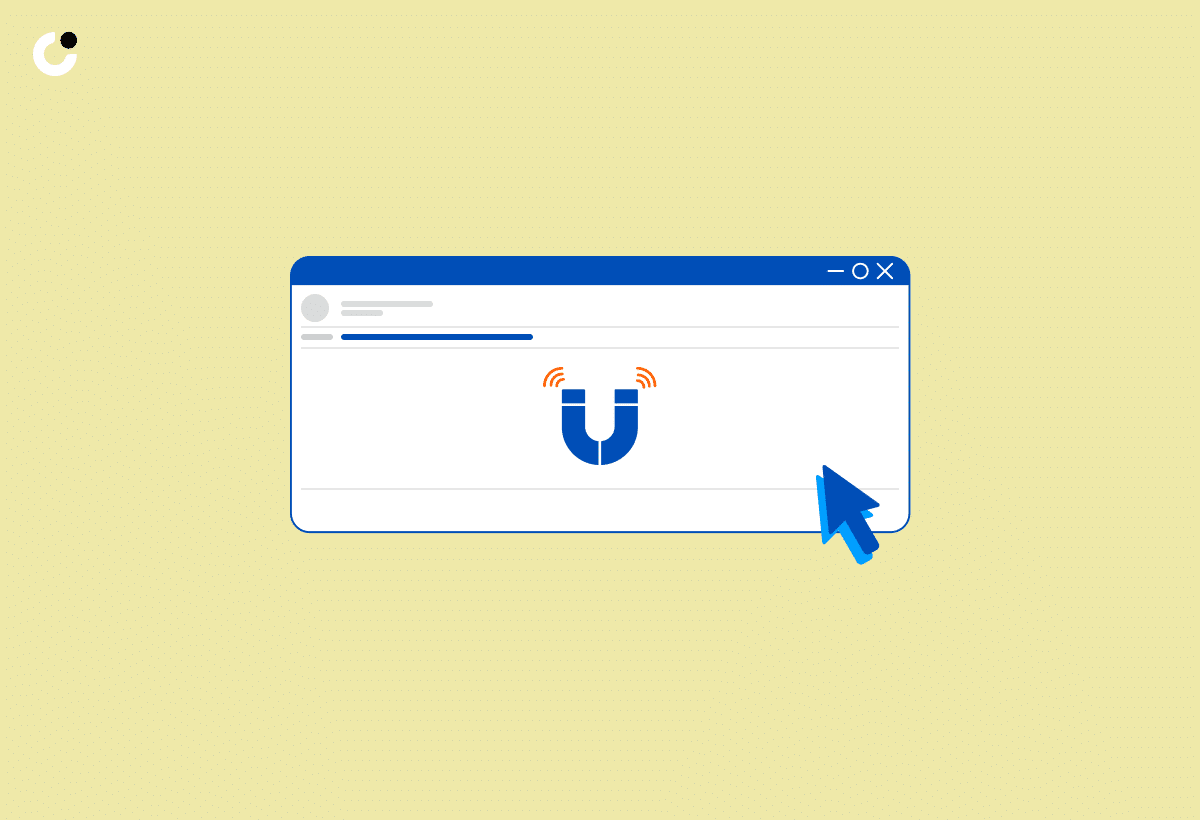
The subject line is the first thing the recipient notices when they receive your email, and it can make or break your chances of getting a response. Persuading recipients to open your message and engage with its content heavily relies on a captivating subject line. To craft an effective subject line, you should incorporate personalization, clarity, and curiosity.
You should refrain from pitching the product directly while crafting an engaging subject line. Instead, focus on using:
- Questions
- Offers
- Personal discounts
- Promises
to make an impact. Remember, your subject line can influence whether the email is opened or ignored, so make sure it’s engaging and alluring.
The Art of Personalization

Making your subject lines more attractive and relevant to the recipient necessitates personalization. Effective techniques for personalizing cold email subject lines include:
- Using the recipient’s name
- Referencing a mutual connection or recommendation
- Creating a sense of urgency
- Inciting curiosity
- Providing current utility
Personalizing subject lines with the recipient’s name has been observed to increase open rates by approximately 20%, making it a simple yet powerful way to improve the effectiveness of your cold emails.
Clarity is Key

Ensuring that the recipient understands the purpose of the email is heavily dependent on the clarity of the subject line. To maintain succinct subject lines, it’s essential to get to the point quickly and avoid any unnecessary information. Crafting clear and concise email subject lines can be achieved by:
- Using concise language
- Being clear about the desired action
- Personalizing when possible
- Sparking curiosity
Remember, a clear email subject line effectively communicates the content and purpose of the email, increasing the likelihood of recipients opening it.
Curiosity Sparks Engagement

Enticing recipients to open and engage with your email can be effectively achieved by instilling curiosity in your subject lines. To spark curiosity, avoid sending generic subject lines or using spam words that might turn recipients off. Instead, craft unique and intriguing subject lines that pique the interest of the reader without being deceptive or misleading.
By capturing the attention of your recipients with curiosity-driven subject lines, you significantly increase the likelihood of them opening your cold email and exploring its content.
Writing the Opening Line That Hooks

Once your recipient has opened your email, the opening line becomes crucial in maintaining their attention and ensuring they read the rest of your message. The opening line sets the tone for the rest of the email and can be instrumental in forming and sustaining a relationship with the recipient.
To write an opening line that hooks your prospect, consider addressing them directly, highlighting mutual connections, or starting with value.
Addressing the Recipient Directly

Addressing the recipient by name in your opening line is vital for creating a personal connection and showing that the email is tailored to them. Studies have shown that addressing the recipient by name in cold emails can increase the average response rate to more than 9%.
By demonstrating that you have taken the time and effort to personalize your email and address the recipient directly, you increase the chances of your message resonating with them.
Highlighting Mutual Connections

Mentioning mutual connections or shared interests in your opening line can help establish rapport and credibility. By referencing a shared connection, you demonstrate that you are not a complete stranger, which can increase the recipient’s trust in your message. Additionally, you can use the mutual connection as a referral or request an introduction in your email, further enhancing your credibility and increasing the likelihood of a positive response.
Starting with Value

Beginning your email by offering value or solving a problem demonstrates the benefits of engaging with your message. To communicate value in your opening line, consider highlighting the potential benefits your recipient could gain and asking whether they are interested in exploring this opportunity further. By starting with value, you show that you genuinely care about helping the recipient and are not just interested in pushing your product or service.
The Core Elements of Cold Emails That Get Responses
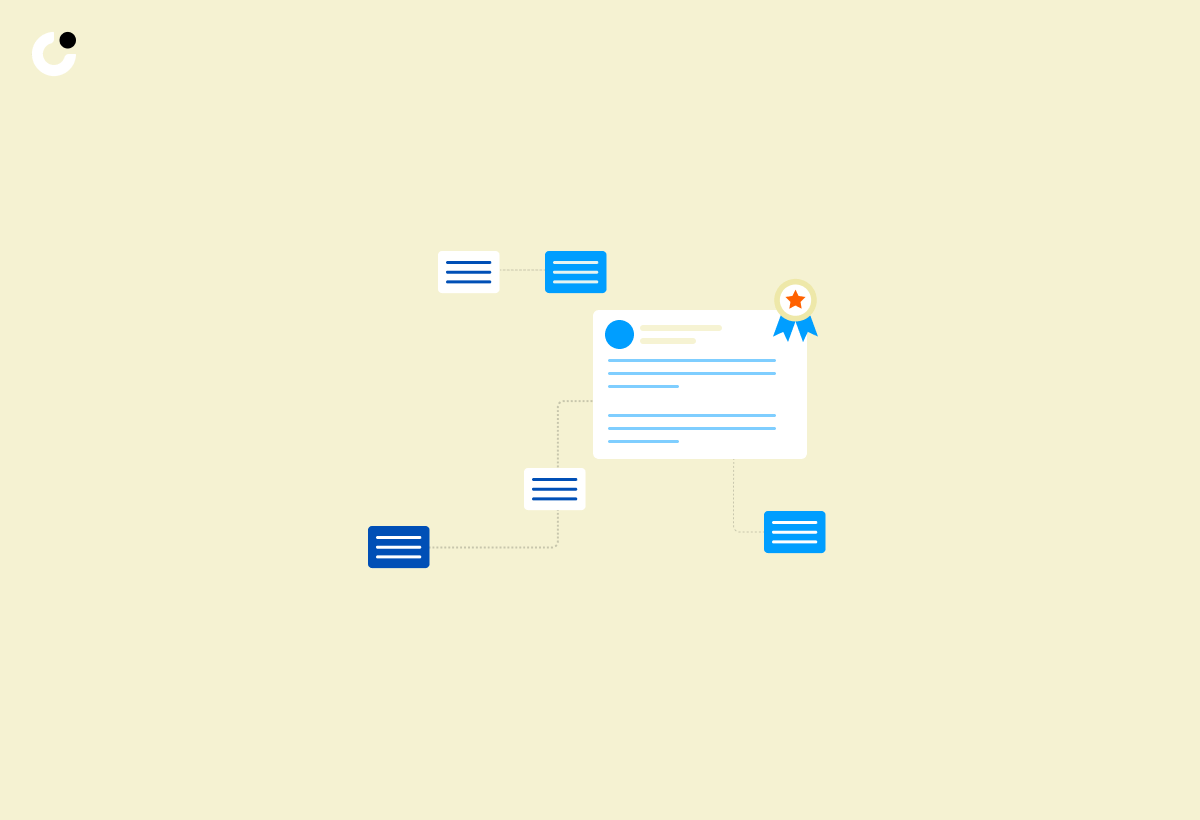
Understanding the core elements that constitute an effective message is key to crafting cold emails that prompt responses. These elements include impactful introductions, persuasive body content, and clear calls to action. By mastering these components, you can create cold emails that not only capture the recipient’s attention but also drive them to take the desired action.
Beyond these core elements, making sure your cold emails are easily readable is of paramount importance. Utilizing bulleted lists, numbers, and appropriate spacing can help make the email more accessible and captivate the reader. By combining these elements with a well-crafted subject line and opening line, you significantly enhance your chances of generating responses from your cold email campaigns.
Introduce with Impact

Swiftly establishing your credibility and purpose in a cold email heavily relies on a strong introduction. In your introduction, provide context behind your research or work, share relevant clients you have worked with, and avoid using industry jargon and buzzwords.
Tailor your message to the recipient and focus on addressing their needs and pain points. By crafting an impactful introduction, you set the stage for the rest of your email and increase the likelihood of a positive response.
Body: Building the Case

Building a compelling case in the body of your cold email by addressing the recipient’s needs and promoting your product or service benefits is of utmost importance. To do this, focus on:
- Explaining how your offering can help the recipient
- Highlighting the value it can bring to their business
- Incorporating social proof
- Including personalized content to demonstrate your genuine interest in helping the prospect improve their business.
When discussing the benefits of your product or service, use attention-grabbing subject lines and concisely highlight the key features and benefits in a readable format. By constructing a persuasive case in the body of your email, you increase the chances of recipients engaging with your message and responding favorably.
Call to Action: Next Steps

Guiding the recipient towards the desired outcome should be the goal of a clear and compelling call to action that concludes your cold email. In your CTA, request a response from the prospect, such as asking if they would be interested in a brief phone call to explore how your product or service can enhance their sales. By providing a clear and actionable CTA, you increase the likelihood of your recipient taking the next step in engaging with your message.
Timing and Follow-Up: Maximizing Response Rates

Successful cold emailing is highly dependent on timing and appropriate follow-up. Sending your emails at the right time and following up effectively can significantly improve response rates. By understanding the optimal times to send cold emails and the best practices for following up, you can increase the likelihood of receiving a response from your prospects.
In addition to timing, utilizing email tracking software can offer insights into the performance of your cold emails, such as open rates, click-through rates, and response rates. These insights can help you determine which emails are successful and which require improvement, allowing you to optimize your cold email campaigns for enhanced results.
Best Times to Send Cold Emails
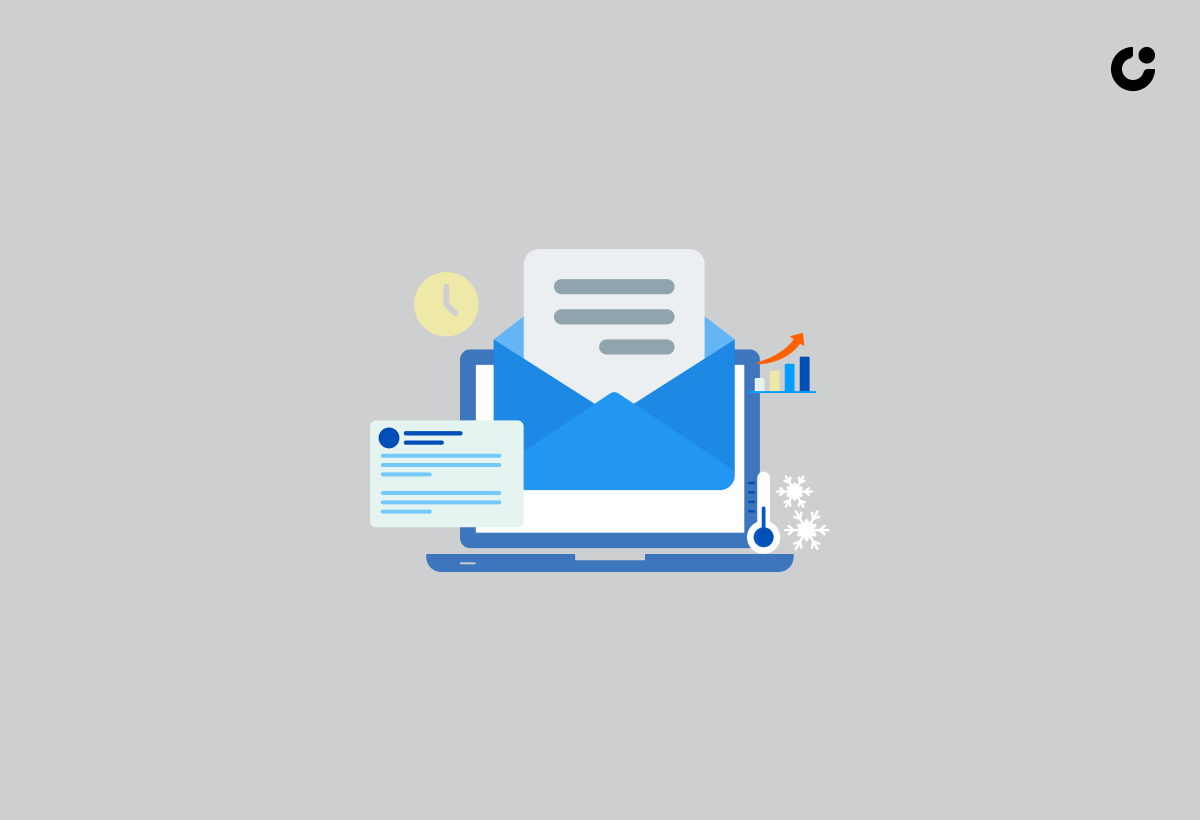
Research suggests that the best days to send cold emails for maximum open rates are:
- Tuesdays
- Thursdays
- Mondays (can be effective)
- Fridays (can be effective)
The optimal time of day to send cold emails is generally between 8:00am and 10:00am.
By sending your cold emails at these times, you increase the chances of your message being seen and engaged with by your target audience.
The Power of Follow Up Emails

Follow-up emails play a crucial role in maintaining engagement, reminding recipients of your message, and increasing the likelihood of a response. To get the most out of your follow-up emails, it’s generally advised to wait 3-7 days before sending the initial follow-up email for a cold email campaign. Subsequent follow-ups can be sent at regular intervals of a few days to a week, depending on the recipient’s engagement and your desired outcome.
By consistently following up with your prospects, you demonstrate persistence and professionalism, increasing your chances of receiving a response.
Leveraging Email Tracking Software for Insights
Email tracking software can provide valuable insights into recipient behavior, helping you optimize your cold email campaigns for better results. Some popular tools for email tracking include:
These tools offer a range of features, including tracking open rates and click-through rates, as well as automating follow-up emails.
By leveraging email tracking software, you gain a better understanding of how recipients interact with your emails, enabling you to adjust your content and design to resonate more effectively with your target audience. Furthermore, email tracking tools can provide data on the timing of recipient engagement, helping you identify the optimal time to send follow-up emails.
In conclusion, email tracking software provides you with valuable insights into recipient behavior, allowing you to optimize your email campaigns for enhanced results.
Designing Your Email Signature for Success
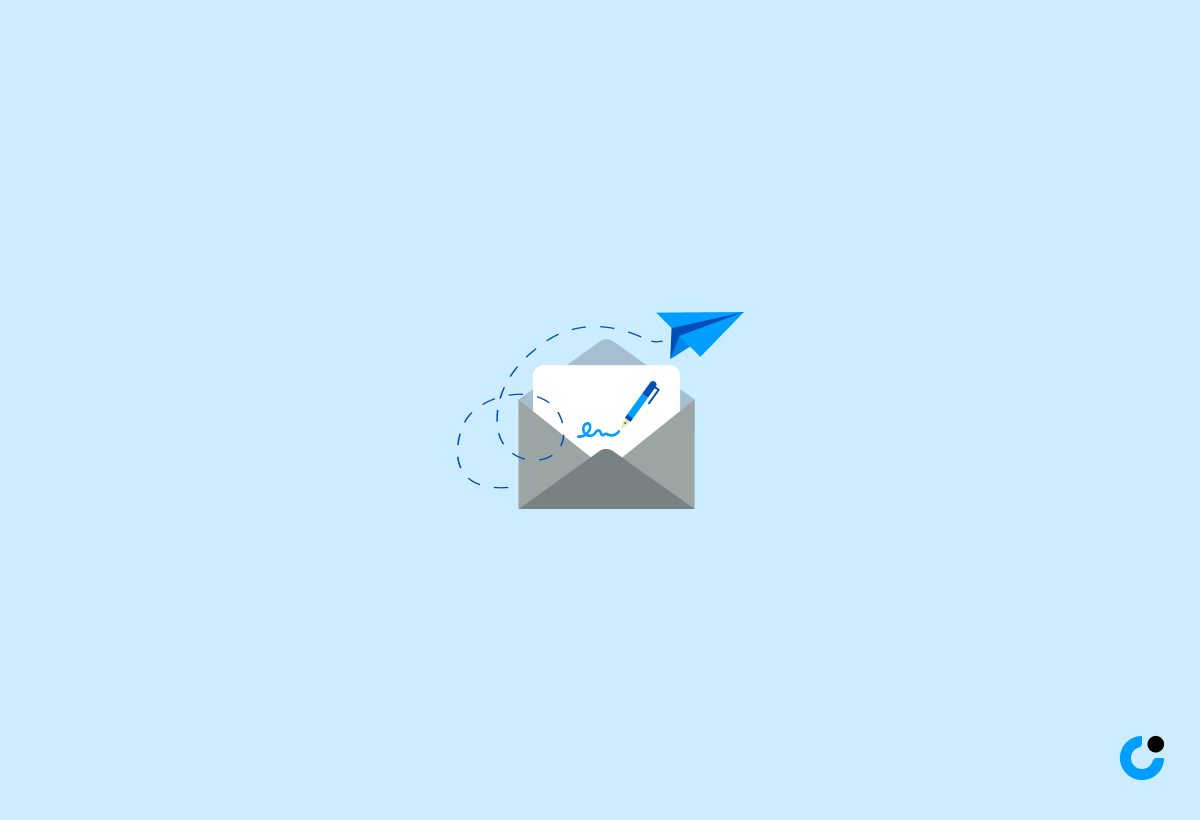
Consider an email signature as a vital trust indicator in a cold email, providing reassurance to the recipient. A professional email signature not only enhances your credibility but also offers recipients easy access to your contact information and relevant resources.
When designing your email signature, it’s important to keep it concise and include essential contact details such as:
- Your full name
- Job title
- Company name
- Phone number
- Email address
Additionally, consider adding links to your social media profiles, company website, or any relevant resources that can help support your message and build trust with the recipient.
By creating a professional and informative email signature, you increase the chances of your cold email being taken seriously and receiving a positive response.
Cold Email Templates for Different Scenarios

Cold email templates can be a valuable resource for crafting effective messages tailored to different scenarios and purposes, such as job applications or event invitations. By utilizing these templates, you can ensure that your message not only resonates with your target audience but also adheres to best practices for cold email outreach and cold email marketing. In fact, learning how to write cold emails effectively can significantly improve your results.
Here are some examples of cold email template resources, which can be adapted to meet your specific needs and goals:
- Indeed: How to Write a Job Application Email
- VoilaNorbert: Cold Email Job Application Templates
- GMass: How to Write a Cold Email for a Job
- AeroLeads: Cold Job Email Inquiry
By exploring various cold email templates tailored to different scenarios, you can craft the perfect message for each situation and increase your chances of getting the desired response when writing cold emails.
Enhancing Your Cold Email Campaigns with A/B Testing
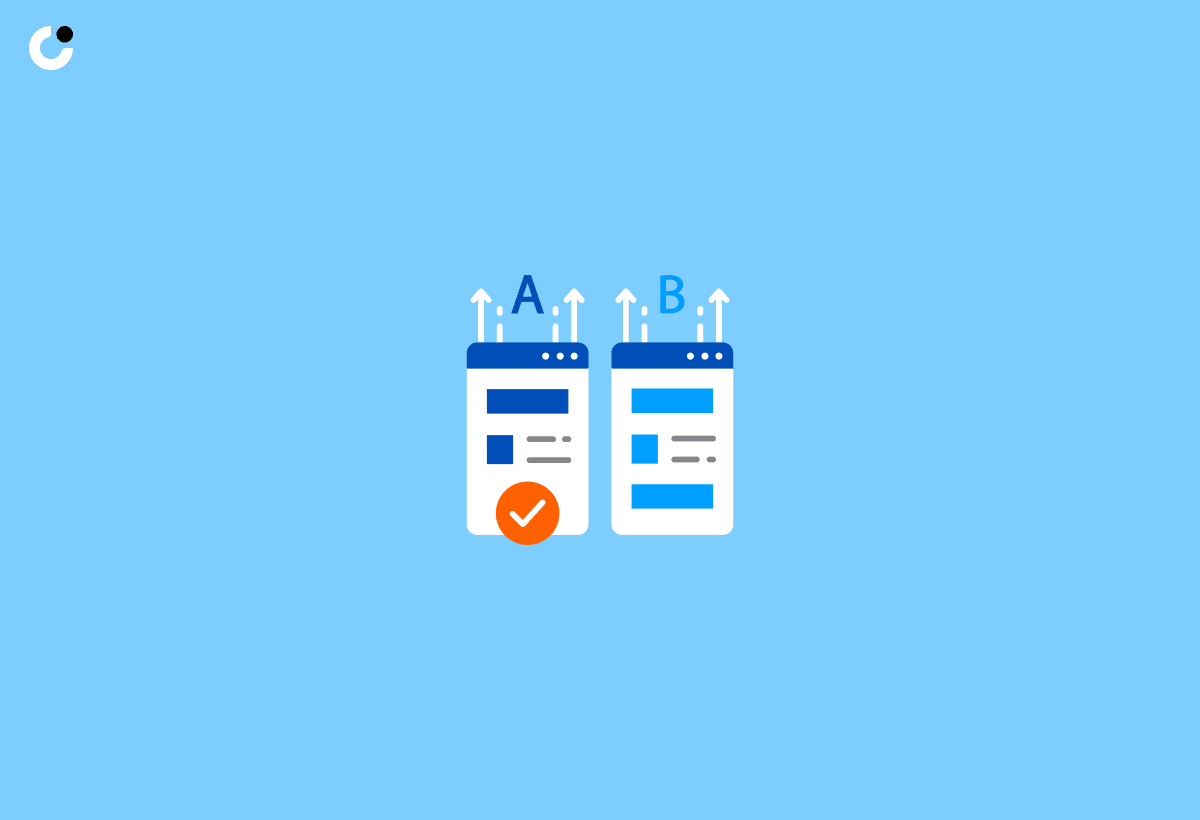
Optimizing your cold email campaigns and identifying the most effective strategies and tactics can be achieved through A/B testing. By testing two variations of an email, such as different subject lines, body copy, or calls to action, you can determine which one yields better results and adjust your campaigns accordingly.
To optimally utilize A/B testing for your cold email campaigns, follow these steps:
- Focus on testing one element at a time.
- Monitor the outcomes of each test.
- Use the data to shape future campaigns. By continuously testing and refining your cold emails, you can improve their effectiveness and increase your chances of generating the desired response from your target audience.
Integrating Cold Emails into Your Overall Marketing Strategy
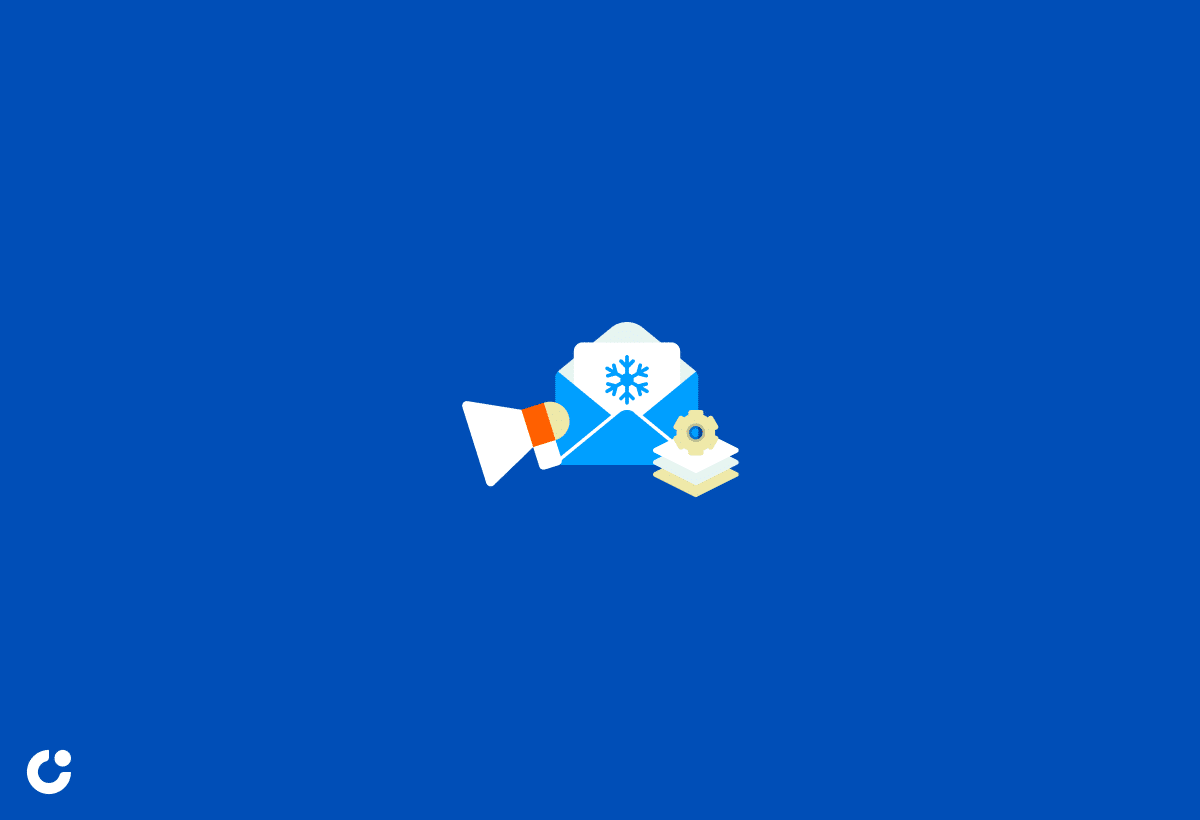
Integrating cold emailing into your overall marketing strategy can aid in achieving a comprehensive and cohesive approach to reaching your target audience. By incorporating cold emailing into your broader marketing mix, you can create a more personalized and targeted outreach strategy that complements other digital marketing efforts such as social media marketing, content marketing, and SEO.
To effectively integrate cold emailing into your overall marketing strategy, consider the following steps:
- Align your cold email campaigns with your overall marketing message.
- Utilize automation tools to streamline the process.
- Integrate with CRM systems.
- Coordinate your cold email outreach with other marketing channels.
By incorporating these steps, you can create a comprehensive marketing strategy that effectively reaches your target audience and drives results.
Summary
In conclusion, crafting cold emails that get responses is an art and a science. By understanding the key components of successful cold emailing, such as captivating subject lines, engaging opening lines, impactful introductions, persuasive body content, and clear calls to action, you can create compelling messages that resonate with your target audience and generate the desired response.
Remember, the key to successful cold emailing lies in personalization, clarity, curiosity, and timing. By integrating these elements into your overall marketing strategy and continuously testing and refining your campaigns, you can unlock the true potential of cold email outreach and achieve your marketing and sales objectives.
Frequently Asked Questions
How do you write a cold email that gets replies?
To write a cold email that gets replies, craft an irresistible subject line, make the body of the email relevant to the reader, build a connection and introduce yourself, add a unique value proposition, and close with a clear call-to-action. Keep the message short and professional.
What emails get the most responses?
Asking 1-3 questions in an email boosts response rates by 50%, so emails with these few thoughtful inquiries tend to get the most responses.
What percentage of cold emails get a response?
According to expert advice, cold emails generally have a response rate of 7%, with up to 7.8% response rate when 2–4 people from one company are contacted.
What are the essential components of successful cold emailing?
Successful cold emailing requires an engaging subject line, hook-worthy opening line, persuasive body content, clear calls to action, sending at the optimal time, and following up appropriately.
What is the importance of personalizing subject lines in cold emails?
Personalizing subject lines in cold emails can help increase open rates and enhance the overall efficacy of your campaign.

